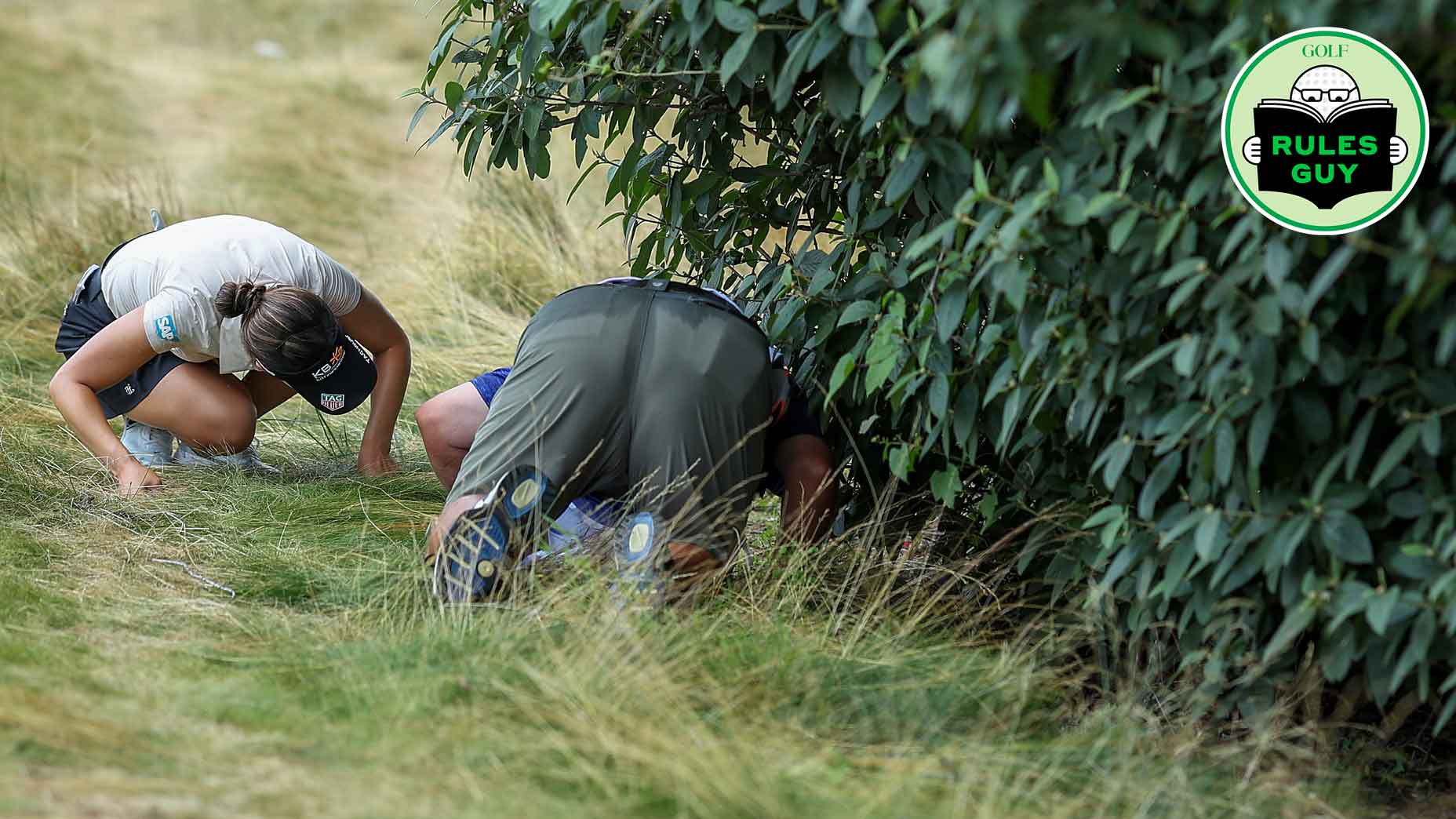Short of news that Rees Jones is gassing up his bulldozer, nothing makes golf course architecture aficionados reach for the Pepto Bismol quite like a Ryder Cup, or more specifically, a Ryder Cup in Europe. While editions held in America still occasionally visit sublime course designs — The Country Club, Oakland Hills, Bethpage Black in two years — those staged in the old world offer a quadrennial reminder to purists that the Ryder Cup, like a presidential election, is now essentially a commercial enterprise.
As the economic importance and global stature of the event has grown, there’s been a commensurate dilution in the caliber of host courses on the eastern shore of the Atlantic. You have to scroll back more than 40 years to find one that earns near-unanimous praise for its design merit: Walton Heath, in 1981. In the years prior, the biennial battle visited Royal Lytham & St. Annes, Muirfield and Royal Birkdale, all Open Championship hosts of indisputable stature. Then, starting in the late ‘80s, Europe began to dominate, fans began to pay attention, broadcasters began to pay significant rights fees, and corporations began requesting ever-more extensive hospitality suites.
So for 30 years, Ryder Cups in Europe have illustrated the difference between a great golf course and a great venue. They’ve had plenty of the latter, none of the former. Marco Simone Golf and Country Club continues that tradition.
Early morning preparations are made prior to the 2018 Ryder Cup at Le Golf National on September 27, 2018, in Paris, France. (Photo by Ross Kinnaird/Getty Images)
The DP World Tour owns a sizable chunk of the Ryder Cup, and proven loyalty to the circuit is a factor when it comes time to award its most prized asset. The Belfry (’85, ’89’ ’93) held its first European tour event in 1979. Valderrama (’97) had been a regular tour stop for almost a decade. So too for the K Club (’06), Celtic Manor (’10) and Gleneagles (’14). Le Golf National (’18) paid its dues even longer.
An alert, ambitious developer will spot a sure-fire, if long-term strategy for securing golf’s premier team event: build a course with ample room for infrastructure, offer terms favorable to the suits at HQ in Wentworth, then wait a decade. The Ryder Cup is a prize earned, not an honor bestowed.
Talk to enough people who play golf for a living and you’ll learn that most see the course merely as a stage upon which great actors perform. For idealistic design nerds, however, courses are a central character in the drama, of such nuance and intricacy that they make even great actors forget their lines. Marco Simone may discombobulate the cast of 24 actors this week, but not with nuance or intricacy.
The Ryder Cup is match play, and an ideal match play course encourages short-term risk-taking. There are enough holes here to encourage that, or sufficient flexibility with the set-up to manufacture it. Sure, the design is uninspiring and the aesthetics limited — save for a few ruins scattered around the property and a distant view of the dome of St. Peter’s Basilica — but functionally Marco Simone is up to the ask. It’s not a great course, but it might be declared a great venue when the circus pulls out of town.
This being Italy, logistics could prove troublesome, though perhaps not as dire as at the Solheim Cup last week in Spain. Rush hours and the national nonchalance about timekeeping could see travel to the course take long enough for a couple of governments to form and collapse. And players will not be immune if such issues arise.
Most European venues in the last four decades have been resorts with accommodations on-site, meaning that teams, administrators and hangers-on didn’t need to leave the grounds for the entire week. Whatever happened beyond the wall was not their concern. In Rome, both teams are staying at the Cavalieri hotel, 10 miles from Marco Simone. That journey might take 30 minutes, or it might be a multiple of that. Since their hotel is within earshot of the Vatican, they might have to whisper the lord’s name in vain during delays. That began on Tuesday. One coach griped that his ride took well over an hour. His driver had no idea where the venue is located.
That’s a gentle reminder that golf doesn’t rank among the dozen most popular sports in Italy, but also emphasizes a reality unsettling to design devotees: if the Ryder Cup is to be used as a platform to grow golf in new territories, then the odds of there existing a must-play course is almost zero.
The boxes that purists most want to see checked are wholly optional for Ryder Cup organizers here. A great course is a bonus, not a baseline. If you want elite team competition on elite designs, the Walker Cup has you covered.









